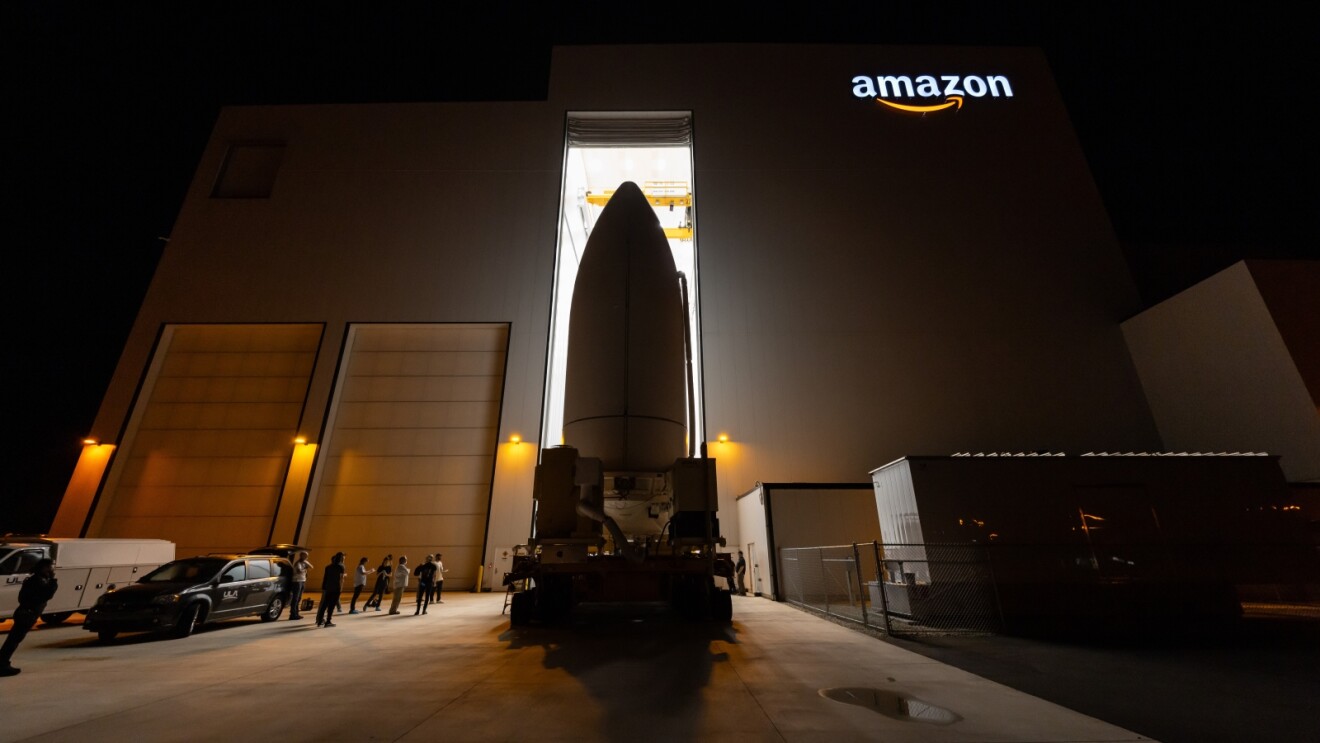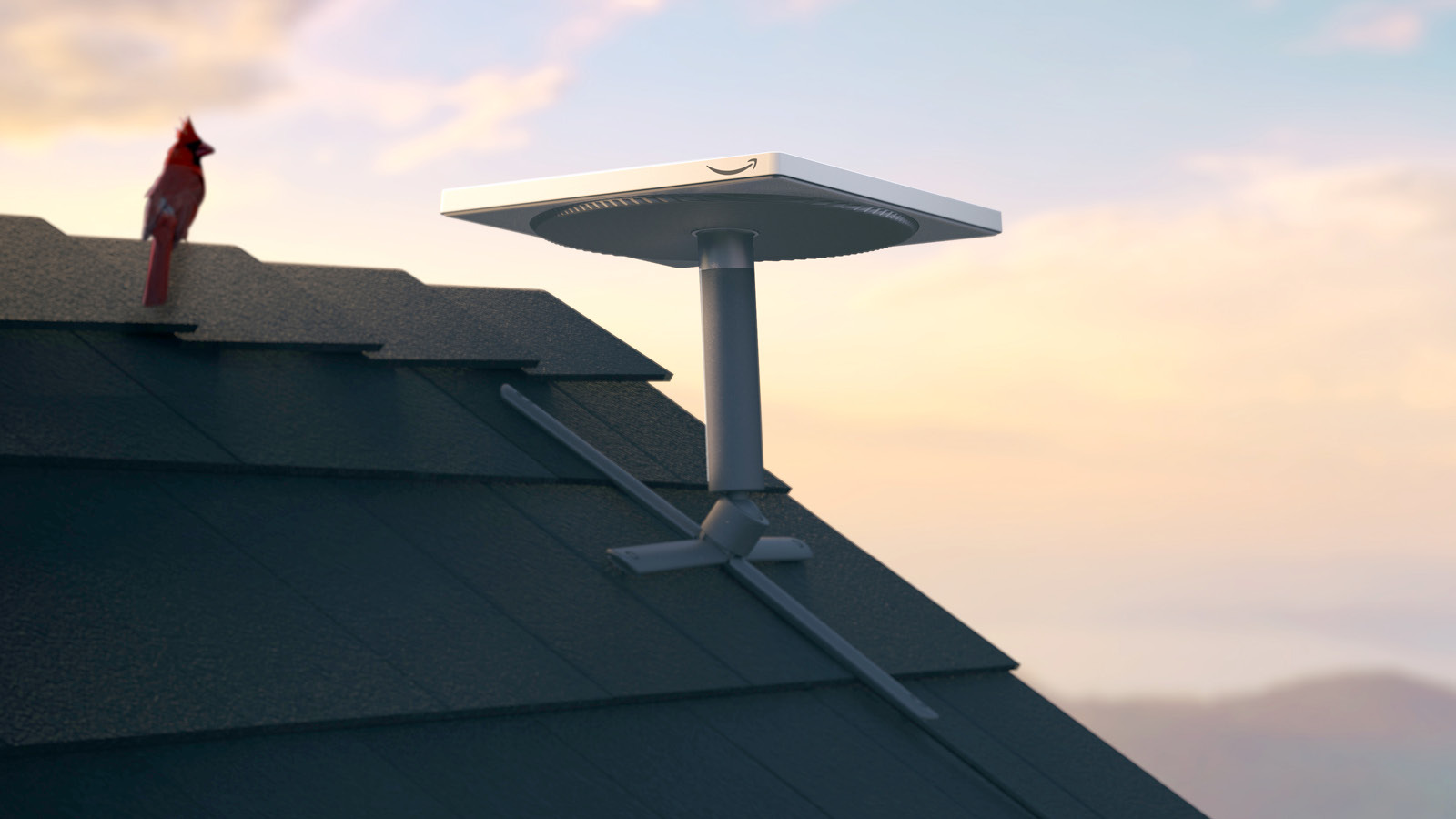While Amazon delivers packages in a matter of days, its journey to space has been much longer. The company is planning a historic launch: an Atlas V rocket from United Launch Alliance will put 27 Project Kuiper satellites into low Earth orbit — the main competitor to Starlink from Elon Musk’s SpaceX, which already has more than 7,000 satellites and serves 70 countries. The launch was supposed to take place on April 9, but was postponed indefinitely due to bad weather conditions.
Project Kuiper plans to deploy a total of 3,200 satellites — significantly less than the 42,000 in SpaceX’s plans. However, Amazon relies on affordability and technology:
- The price of the terminals is about $400, which is cheaper than Starlink analogs.
- The speed is up to 400 Mbps versus 300 Mbps for a competitor.
- Innovation and stability — satellites are equipped with krypton-powered engines to correct orbit and maintain stable communications.
Lagging behind Starlink

Kuiper satellites will operate at altitudes of 590-630 kilometers using ground-based antennas and optical networks. Despite successfully testing prototypes in 2023, Amazon is lagging behind SpaceX, which has been launching vehicles since 2019. However, Bezos’ company has a strong infrastructure, with 80 launches planned through 2026 involving Arianespace, Blue Origin and ULA.

Amazon is not only targeting private users, but also businesses and governments. The partnership with Vodafone will expand 4G/5G networks in Africa via satellite. In addition, the project may become a “lifeline” for regions with poor infrastructure.
Amazon’s plans for the rest of the decade
Unlike Starlink, which focuses on quantity, Amazon focuses on quality and integration with its own AWS and Prime services. But time is the company’s main rival: it has to deploy at least half of its satellite fleet by 2026 to meet regulatory requirements. However, full deployment is planned by 2029.

For now, Starlink remains the leader, but with the appearance of Kuiper, the space internet race is gaining momentum. Will Amazon be able to surpass Musk? The answer will come not only from the space, but also from the market.
Earlier we reported on the development prospects and problems of satellite internet.
According to aboutamazon.com


